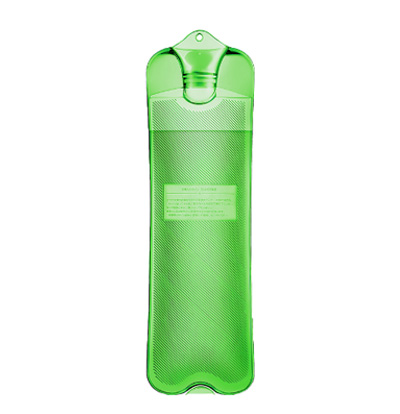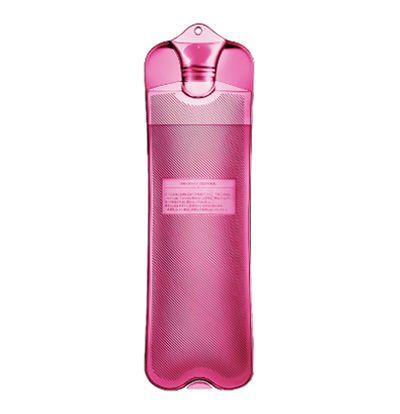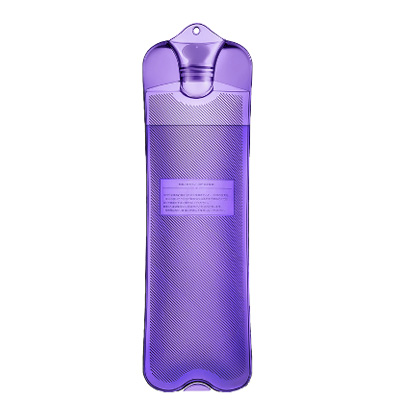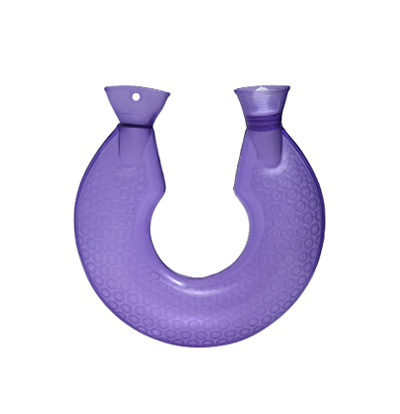- PVC hot water bottles are practical and effective items for relieving dysmenorrhea in women
- Holding a warm hand: Let's talk about the winter comfort brought by PVC hot water bottles
- Although PVC hot water bottles are good for keeping warm, don't ignore these scenario-based risks
- Use PVC hot water bottles during the cooling season? Beware of low-temperature burns!
- PVC hot water bottles are gentle relief helpers after a stiff neck

- Jangjiang +86 180 6855 6003
- Miss Sheng +86 137 0612 6383
- Address:4-18, Yangtze River Delta Mould City, High-tech Zone, Wujin District, Changzhou
Guide to Preventing Low-temperature Burns from hot water bottles
I. Understanding low-temperature Burns
Low-temperature burns refer to chronic burns caused by prolonged exposure of the body to a heat source with a relatively low temperature (generally between 44 and 50 degrees Celsius), leading to heat accumulation. Its characteristics are:
The initial symptoms are not obvious: The burned area may only show redness, swelling, numbness or mild pain, which is easily overlooked.
Deep damage: Although it may not seem serious on the surface, it may actually have damaged the dermis or even subcutaneous tissue. The healing process is slow and it is prone to leaving scars.
Ii. Precautions for Using Hot Water Bags
(1) Control the operating temperature
The freshly filled hot water bag is at a relatively high temperature. Do not let it come into direct contact with your skin. You can first wrap the hot water bag with a towel or cloth cover before using it. The thickness of the towel or cloth cover used for wrapping should be moderate, which can not only provide heat insulation but also ensure a certain degree of warmth retention.
For special groups such as infants and young children, the elderly, diabetic patients, and those with neurological disorders, as their perception of temperature is relatively poor, more attention should be paid to controlling the temperature of hot water bags. It is recommended to use a hot water bag with a temperature not exceeding 40℃, or wrap two layers of towels around the hot water bag.
(2) Avoid prolonged contact with the skin
Do not keep the hot water bag fixed on the same part of your body for a long time. It is recommended to move the position of the hot water bag every 30 minutes or so, or take it off temporarily to rest for a while.
When using a hot water bottle while sleeping, special attention should be paid to avoid the bottle adhering to the skin for a long time due to unconscious movements during sleep, which may cause low-temperature burns. It's best to preheat the hot water bag in the bed before going to sleep and take it out when you fall asleep.
(3) Precautions for Use in Special parts
When using a hot water bag for heat compress, the appropriate temperature and method should be selected according to different parts of the body. For instance, the skin on areas such as the abdomen and back is relatively thick and has a stronger tolerance to temperature. The temperature can be appropriately raised, but it should still be kept below 50℃. The skin on areas such as the ankles, calves and the back of the hands is relatively thin, and the temperature should be kept below 45℃.
Hot water bags should not be used on wounds, inflamed areas or areas with skin damage to avoid aggravating the condition or causing infection.
Iii. Key Points for the Protection of Special Groups
(1) Infants and toddlers
Infants and toddlers have delicate skin and poor ability to perceive and regulate temperature. Parents should avoid allowing infants and toddlers to come into direct contact with hot water bags. If you need to use a hot water bag to keep infants and toddlers warm, place the hot water bag 20 to 30 centimeters away from their bodies and separate it with a quilt. At the same time, always pay attention to the condition of the infants and toddlers to prevent them from kicking off the quilt and coming into contact with the hot water bag.
Do not use hot water bags when infants and toddlers are sleeping to avoid accidents.
(2) The elderly
As the elderly age, their skin's sensory function declines and their sensitivity to temperature decreases, making them prone to low-temperature burns. Children should remind the elderly to use hot water bags correctly, inform them of the precautions during the usage process, and regularly check whether the hot water bags used by the elderly have any potential safety hazards.
For elderly people with limited mobility, their children should assist them in using hot water bags to prevent scalding due to improper operation by the elderly themselves.
(3) Patients with diabetes and those with neurological dysfunction
Diabetic patients often have peripheral neuropathy, which leads to reduced or lost sensation at the extremities, insensitivity to temperature, and a tendency to get scalded without realizing it. When such people use hot water bags, they must strictly control the temperature. It is recommended to use hot water bags with a temperature not exceeding 40℃, and they should be accompanied by someone to monitor their skin condition at all times.
People with neurological dysfunction, due to damaged nervous systems, cannot sense temperature and pain normally. Therefore, they should be more cautious when using hot water bags and it is best to avoid using them. Instead, they can choose other safe ways to keep warm.
Iv. Emergency Treatment after Scalding
If a low-temperature burn occurs accidentally, the following measures should be taken immediately:
Remove from the heat source: Quickly move the hot water bag away to avoid further contact with the heat source.
Cold water rinse: Rinse the scalded area with running cold water for 15 to 30 minutes. The water flow should not be too strong to avoid aggravating the injury. Rinsing with cold water can lower the temperature of the burned area, relieve pain and swelling.
Remove clothes: While rinsing, carefully remove the clothes from the burned area. If the clothes stick to the skin, do not force them off. You can use scissors to cut open the clothes and keep the adhered part to avoid aggravating the wound damage.
Protecting the wound: After rinsing, gently cover the burned area with sterile gauze or a clean towel to prevent infection. Do not apply toothpaste, soy sauce, sesame oil or other items to the wound surface, as it may affect the doctor's judgment and treatment of the injury.
Seek medical attention promptly: If the burn area is large, the depth is deep, or if symptoms such as blisters, ulceration, or severe pain occur, seek medical attention immediately and receive professional treatment.
Changzhou Yuefeng Plastic Products Co., Ltd. specializes in the production of hot water bottle, PVC hot water bottle, hand warm hot water bottle, cold water sack, insert hot water bottle,,cervical spine hot water bag, plush hot water bottle.
- Holding a warm hand: Let's talk about the winter comfort brought by PVC hot water bottles
- PVC hot water bottles are practical and effective items for relieving dysmenorrhea in wome
- Although PVC hot water bottles are good for keeping warm, don't ignore these scenario-base
- Use PVC hot water bottles during the cooling season? Beware of low-temperature burns!
- PVC hot water bottles are gentle relief helpers after a stiff neck
- Warmth in the Cold Wave Practical Protection with PVC Hot Water Bottles
- Details show thoughtfulness Yuefeng PVC Hot Water Bottle: A great choice for home heating
- With eco-friendly materials and long-lasting insulation, the Yuefeng PVC hot water bottle
- When it's cold, be careful when keeping warm. The choice of hot water bottle material is r
- How can we use PVC hot water bottles more safely?



